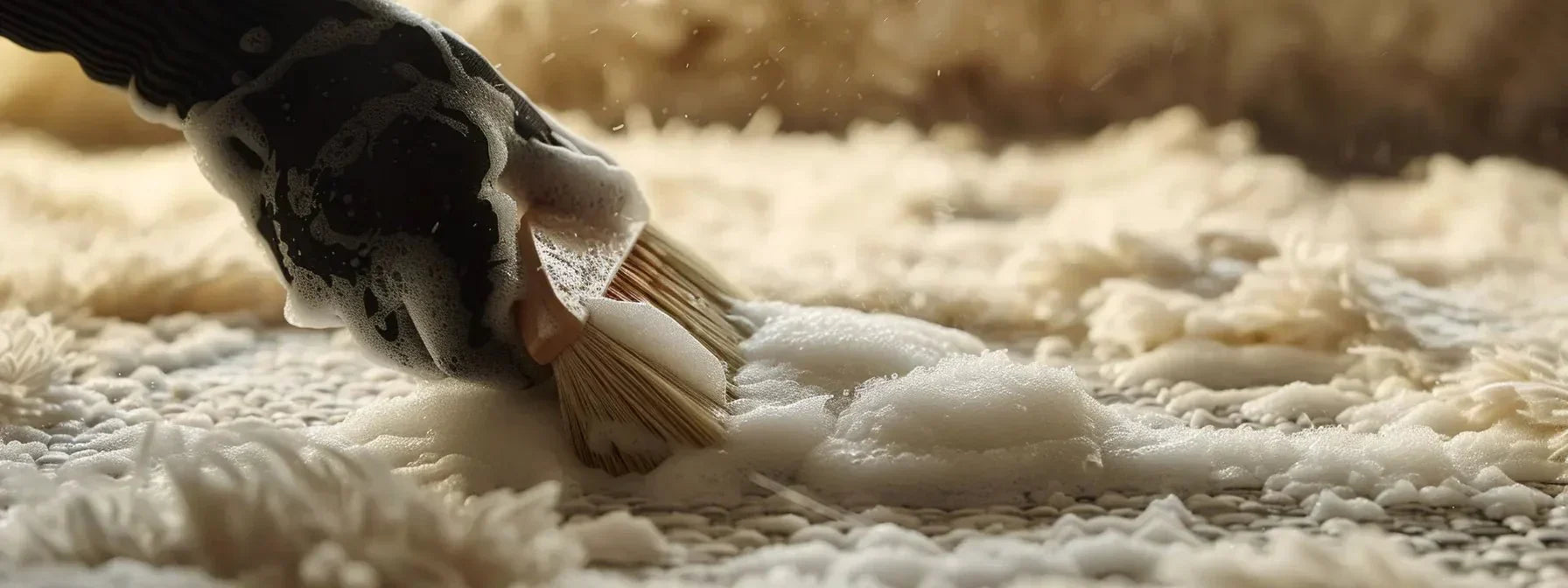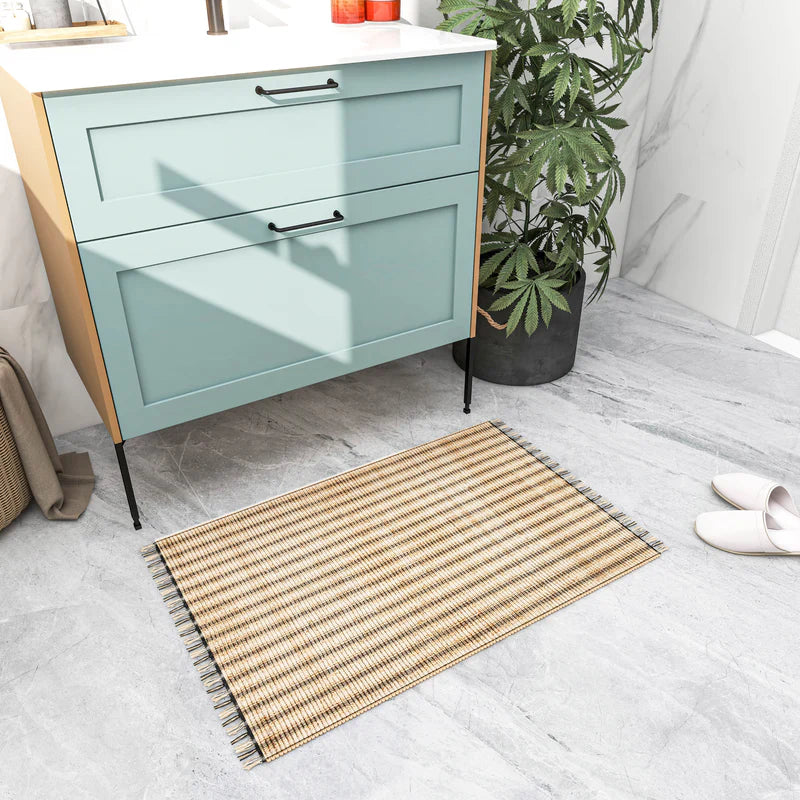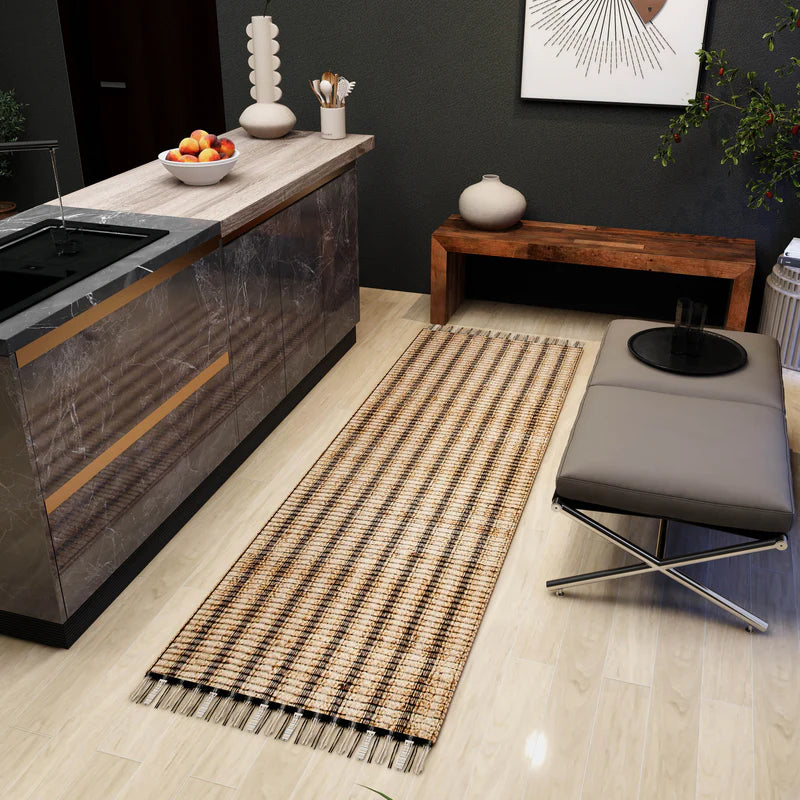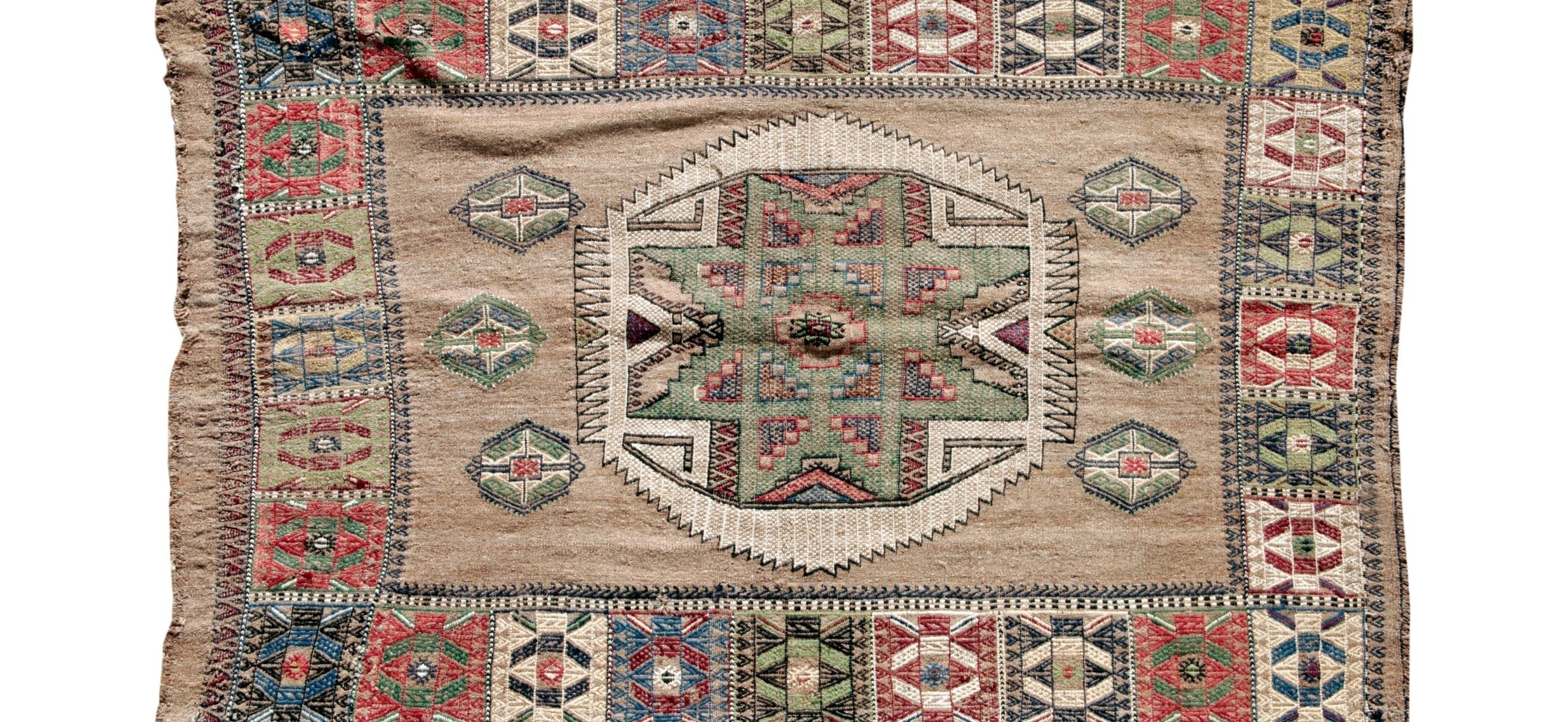Article: How to Clean Silk Rug: Essential Tips for Preserving Delicate Fabrics

How to Clean Silk Rug: Essential Tips for Preserving Delicate Fabrics
Key Takeaway:
- Vacuum weekly using suction only (no beater bar).
- Spot clean stains immediately with a blotting method.
- Use cold water + white vinegar for mild cleaning.
- Avoid harsh chemicals or machine washing.
- Dry flat and keep away from sunlight.
Silk rugs are beautiful but fragile. This guide shows how to clean a silk rug safely without damaging the delicate fibers or colors.
How Do You Clean a Silk Rug Safely?
Start by vacuuming your silk rug gently once a week using a suction-only setting. Avoid rotary brushes or beater bars, as they can tear the fibers. Use a handheld vacuum for better control.
How Do You Spot Clean a Silk Rug Stain Quickly?
Blot spills with a clean, white cloth—never rub. For tea, dog urine, or vomit stains, mix cold water with white vinegar (1:1 ratio) and dab the spot gently. Always test on a small area first.
Common stains and care methods:
- Dog pee on silk rug: Blot, then apply vinegar mix.
- Tea stain: Cold water only. Dab until the stain fades.
- Vomit/dog poop: Use baking soda for odor, then vacuum and dab clean.
How to Deep Clean a Silk Rug Without Damage?
Avoid steamers and hot water. Instead:
- Lay the rug flat.
- Use a solution of cold water + pH-neutral soap.
- Gently dab with microfiber cloth.
- Rinse lightly.
-
Air dry flat indoors.
Cleaning frequency: Once every 12–18 months.
How to Clean a Silk Rug by Hand?
Yes, cleaning by hand is safest. For Chinese silk rugs, silk Persian rugs, and hand-knotted silk rugs:
- Use diluted white vinegar or mild soap in cold water.
- Clean small sections in circular dabs.
- Do not soak the rug.
Best for:
- Silk and cotton rugs
- Bamboo silk rugs
- Banana silk rugs
- Faux silk rugs
Can You Use Cleaning Products on a Silk Rug?
Only use silk-safe, pH-balanced detergents. Avoid:
- Bleach
- Ammonia
- Strong carpet shampoos
Look for care codes like W/S (Water/Solvent) and always test first.
Is It Safe to Wash a Silk Rug in a Machine?
No. Machine washing can destroy the fibers and cause the rug to lose shape. Even man-made silk or synthetic silk rugs should only be spot-cleaned and never submerged or agitated.
How to Remove Dog Urine from a Silk Rug?
Blot the urine immediately. Then:
- Sprinkle baking soda.
- Let it sit for 10 mins.
- Vacuum.
- Dab a vinegar-water mix.
- Repeat if needed.
This works for silk cotton rugs, cactus silk rugs, and white silk rugs.
How Much Does It Cost to Professionally Clean a Silk Rug?
On average, $3 to $8 per square foot.
- Silk Oriental rug: ~$5/sq ft
- Large silk rugs: up to $8/sq ft
- Antique silk rugs: higher due to delicate handling
(Source: IICRC-certified rug cleaners)
How to Dry a Silk Rug After Cleaning?
- Lay it flat.
- Place a fan nearby (no direct heat).
- Keep it out of sunlight to prevent fading.
Never hang it—it may stretch or warp.
How Often Should You Clean a Silk Rug?
- Vacuum: Weekly
- Spot clean: As needed
- Deep clean: Once per year
- Professional cleaning: Every 1–2 years
How to Maintain a Silk Rug Long-Term?
- Use rug pads to reduce foot pressure.
- Rotate rug every 6 months.
- Keep it in low-traffic areas like bedrooms or formal living rooms.
Quick Comparison: Silk vs Other Rug Materials
|
Feature |
Silk Rug |
Wool Rug |
Polypropylene Rug |
|
Sheen |
High |
Medium |
Low |
|
Stain Resistance |
Low |
High |
Very High |
|
Texture |
Very Soft |
Soft |
Synthetic Feel |
|
Cleaning Ease |
Difficult |
Moderate |
Easy |
|
Lifespan |
10+ years |
20+ years |
5–7 years |
FAQs
How do you wash a silk rug?
By hand only, using cold water and mild soap. Never machine wash.
Can silk rugs get wet?
Yes, but only lightly. Soaking or steam can damage them.
How to clean 100% silk at home?
Use white vinegar and water to blot small sections. Avoid scrubbing.
Does water stain silk rugs?
Yes, especially hard water. Use distilled water for cleaning.
How to clean silk oriental rugs at home?
Vacuum regularly, spot clean with cold water, and avoid sun exposure.
Cleaning a silk rug at home requires care, patience, and the right methods. Whether you're dealing with a silk Persian rug, a bamboo silk rug, or a faux silk rug, the process should always involve gentle techniques—never scrubbing, soaking, or machine washing.
Stick to cold water, mild pH-balanced solutions, and blotting for spot stains. For deep cleaning, avoid DIY unless you're confident; otherwise, opt for professional help, especially for antique or large silk rugs.
Maintaining your silk rug means regular vacuuming without a brush roll, avoiding direct sunlight, and acting fast when spills happen. When treated correctly, silk rugs can last many years, offering both beauty and luxury to your living space.
Remember: gentle hands, soft tools, and quick action are the keys to keeping your silk rug looking like new.
What is a silk rug?
A handmade or machine-woven rug made from silk fibers. Known for softness, high sheen, and detailed patterns.
How to clean silk?
Use cold water, no bleach, and dab gently. Never use heat or strong chemicals.
Are silk rugs soft?
Yes, silk rugs are among the softest, often softer than wool or synthetic types.
Pros and cons of silk rug?
Pros: Soft, shiny, luxurious.
Cons: Expensive, stains easily, hard to clean.
Silk rug smell?
Usually neutral. If it smells musty, it might be mold from moisture.
How to make a silk rug?
By weaving silk threads on a loom. Often hand-knotted for durability.
Can silk rug be used outdoors?
No. Sun and moisture can destroy the fibers.
Living room with silk rug?
Best for low-traffic areas. Adds elegance but needs extra care.
Are silk rugs good for pets?
Not ideal. Silk is delicate and stains easily from pet accidents.
Can silk rug get wet?
Only slightly. Excess moisture leads to stains and mold.
DIY silk rug?
Possible with synthetic silk, but not common due to cost and complexity.
What is a silk rug made of?
Silk fibers, either natural (from silkworms) or synthetic. Sometimes blended with cotton.
How to remove dog urine stains from silk rug?
Blot fast, sprinkle baking soda, dab vinegar-water mix, and dry flat.









Leave a comment
This site is protected by hCaptcha and the hCaptcha Privacy Policy and Terms of Service apply.